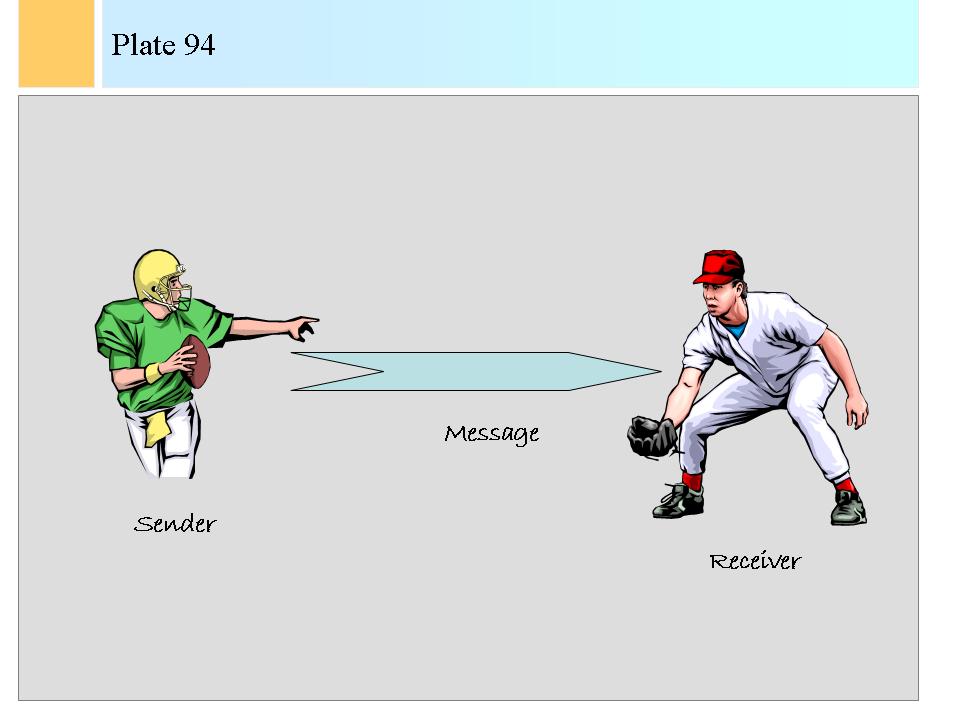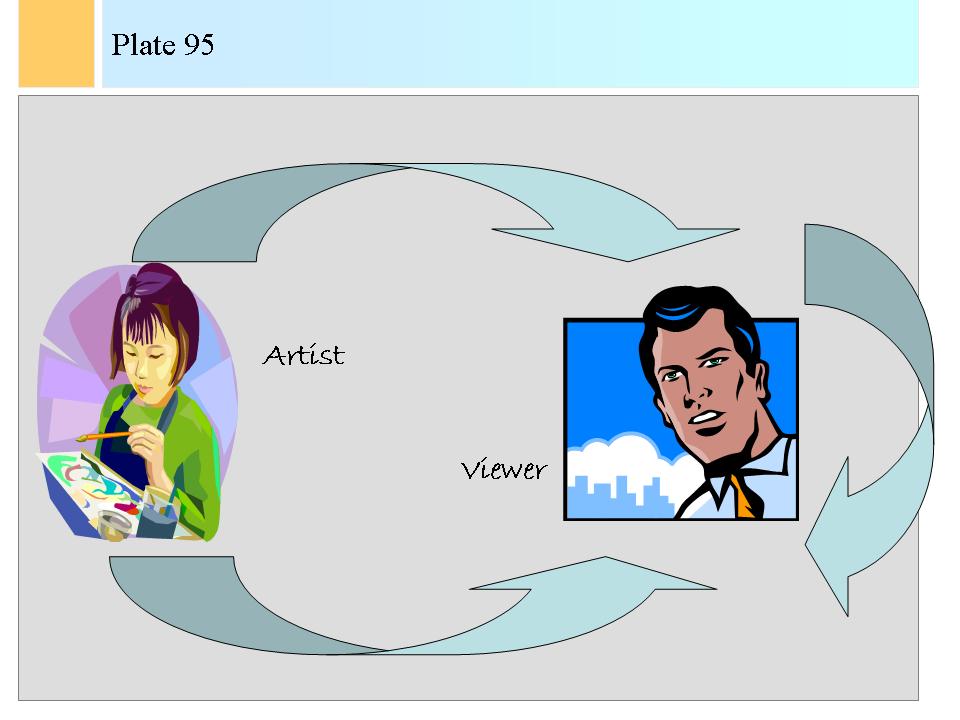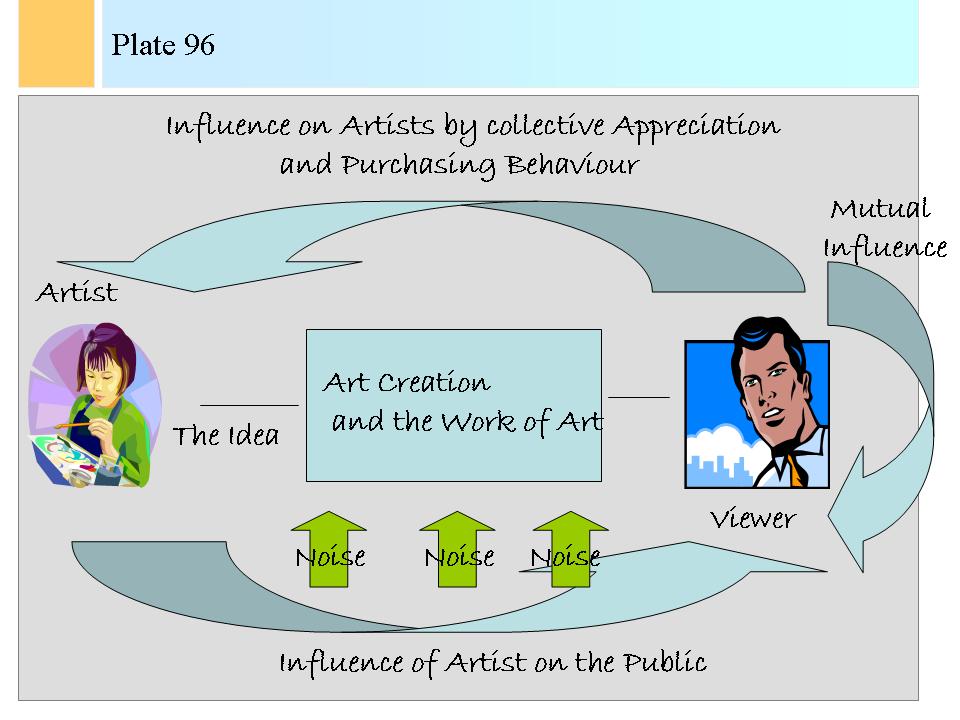|
Copyright: René Dewil - All rights reserved. The electronic form of this document is copyright. Permission is granted for electronic copying, distribution in print form for educational purposes and personal use. If you do reduplicate the document, indicate the source as 'René Dewil - The Art of Painting - Copyright'. No permission is granted for commercial use and if you would like to reproduce this work for commercial purposes in all or in part, in any form, as in selling it as a book or published compilation, then you must ask for my permission formally and separately.
|



